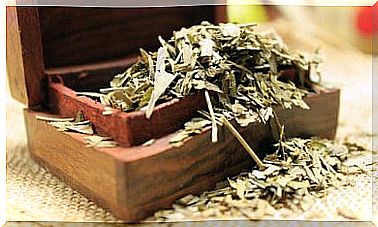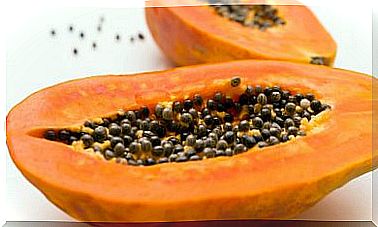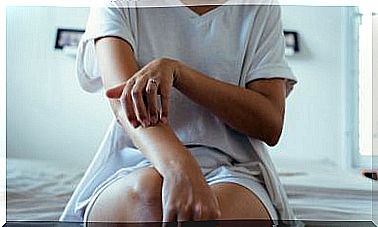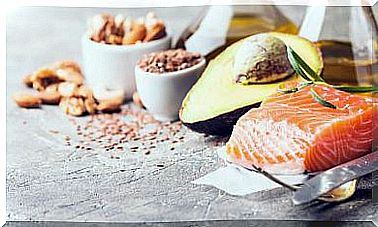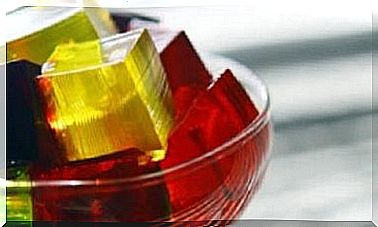Neuromuscular Diseases: Signs And Symptoms
Neuromuscular diseases (NMD) are a group of diseases whose main characteristic is the loss of muscle strength. They are chronic diseases that mostly have a genetic origin. In addition, these diseases cause loss of personal autonomy and psychosocial burdens.
Neuromuscular diseases can appear at any stage of life. However, about 50% of these diseases appear in childhood. They affect the muscles and the nervous system , and may be affected:
- Neuromuscular junction : where the nerve meets the muscle.
- Spinal motor neuron: these are the nerve cells that control the action of the muscles.
- Peripheral nerve : can affect the hands, arms, legs, neck and face.
Causes and types of neuromuscular diseases
The causes of neuromuscular diseases are very different. Even in many of them the origin is not yet known. They can be classified according to their origin or their cause in genetic or acquired neuromuscular diseases .
Although the classification is changing as new data is known about the causes of them. The main types of neuromuscular diseases are the following:
- Distal myopathies.
- Congenital myopathies.
- Myotonic dystrophy.
- Congenital myotonias
- Muscular dystrophies.
- Spinal amyotrophy.
- Hereditary neuropathies
- Metabolic myopathies.
- Family periodic paralysis.
- Myositis ossificans progressiva.
- Inflammatory muscle diseases.
- Diseases of the neuromuscular junction.
Symptoms of neuromuscular diseases
Some of the symptoms common to many of the neuromuscular diseases are the following that we will mention below.

Muscle pain
The Muscle pain that appears may or may not be linked to the exercise. When a muscle pain appears with a intensity greater than that of lack of training , is a symptom to take into account in the physical examination.
Gait disorder
Most neuromuscular diseases can present different gait disturbances. Some of these disorders are wobble, fatigue, asymmetry, claudication, and tiptoe gait. Swaying gait is usually a manifestation of pelvic girdle weakness due to atrophy of the gluteal muscles.
Frequent falls in neuromuscular diseases
This symptom occurs in neuromuscular diseases due to muscle weakness of the lower extremities. This occurs because patients lose the strength to maintain balance, either due to fatigue or not being able to use their muscles.
Difficulty going up and down stairs
To perform this action, muscle strength is required from the glutes and quadriceps. Frequently, the quadriceps becomes fatigued and collapses abruptly. In such a way that patients use their upper extremities to be able to perform this action.
Difficulty standing up from the ground
This symptom usually accompanies the muscle weakness of the pelvic girdle, it is known as Gowers sign . Patients cannot get up off the floor without putting their hands on the floor or on their legs. In this way, they climb to the standing position.
Cramps

In neuromuscular diseases, cramps manifest as painful muscle spasms or contractures.
Respiratory infections
Frequent and prolonged respiratory infections are due to a weakness to cough and keep the airways clear. For this reason, the ventilation capacity is diminished and there may even be respiratory failure.
Sleep disorders
As a consequence of the restrictions of the respiratory capacity, frequent nocturnal awakenings, feeling of suffocation and fatigue can occur during the day.
Signs associated with various neuromuscular diseases
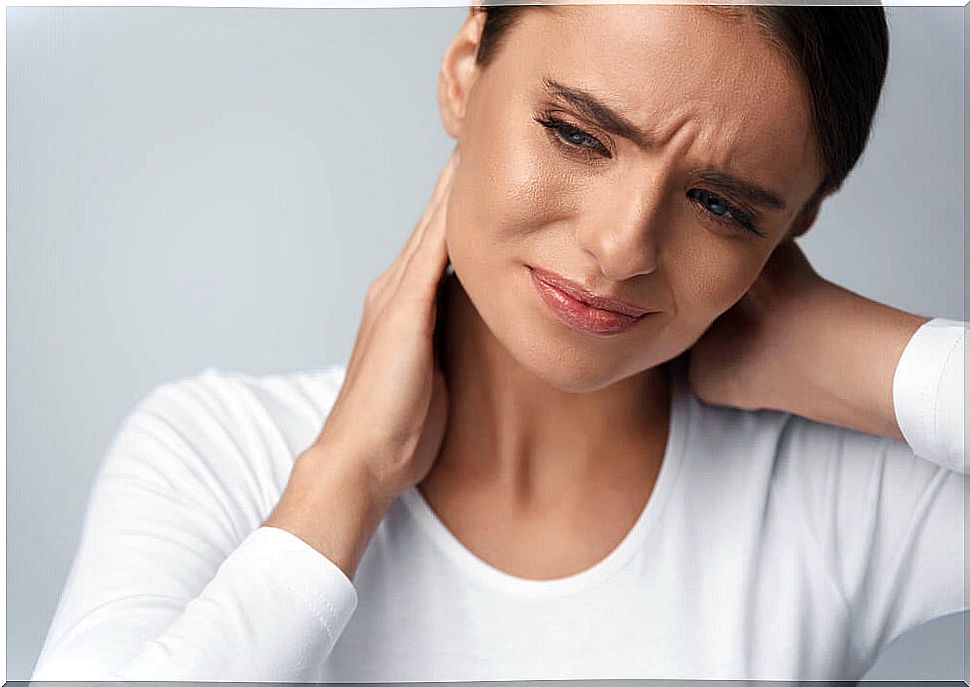
In the physical examination of patients suffering from this type of disease, signs such as:
- Amyotrophy: it is due to the poor development of muscle mass or its destruction.
- Muscle weakness : lack of strength is the characteristic sign of diseases that affect the motor unit.
- Low height or weight : some neuromuscular diseases are characterized by difficulties in growth.
- Changes in the skin: such as violaceous lesions on the eyelids. Calcinosis also appear , which are caused by calcium deposits. However, calcinosis manifest as nodules under the skin on the knuckles of the hands. At other times, keloids occur, sometimes even spontaneous.
- Progressive joint contractures : contractures will always occur in those joints in which there is muscle weakness and asymmetry between the antagonistic muscle groups.
As we have seen, there are several neuromuscular diseases that affect the neuromuscular system and, to a greater or lesser extent, reduce people’s quality of life. For this reason, it is essential to have medical attention from the first moment.

